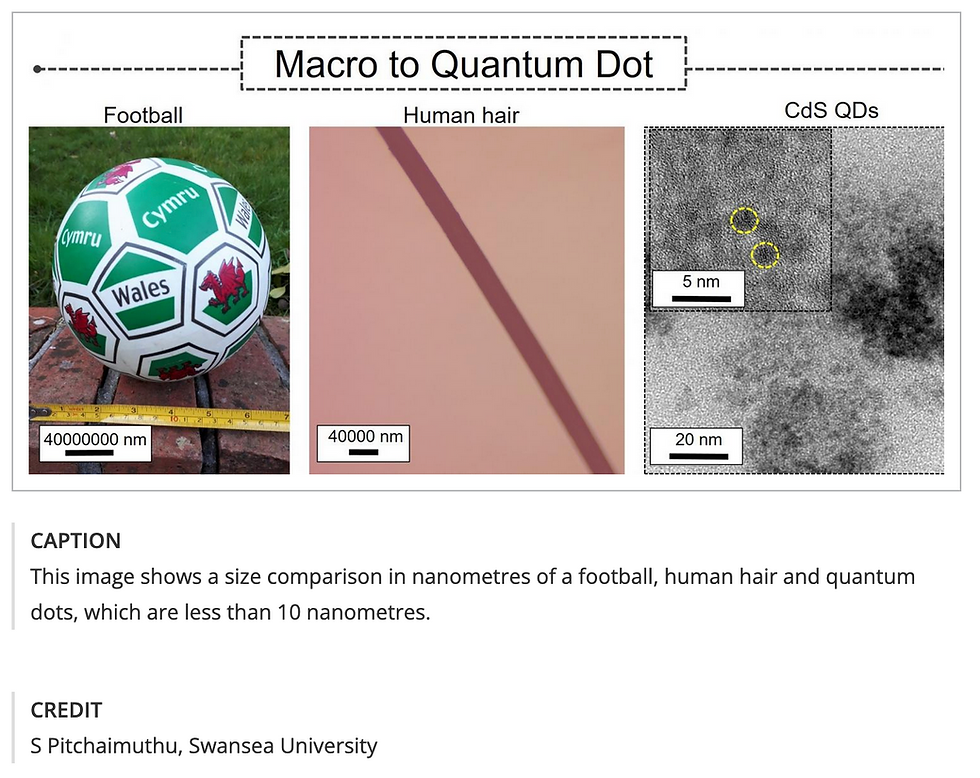Understanding Our Lead Burden - Paint
- Eric Ritter

- Jan 1, 2024
- 3 min read
Lead is everywhere, I know this sounds alarmist but hear me out.
Lead in it metallic form is more or less used in battery's, bullets and are plenty of metal objects like this chain i found at a thrift store the other day that contain dangerous amounts of lead.
Where lead really gets tricky is when its bound to organic compounds, like in Paint or Gasoline.
Organic here doesn't have anything to do with the supermarket, it just means that the lead atom has bound itself to something containing carbon. in the case of paint the formula is 2PbCO3·Pb(OH)2 , which can be visualized like this.

Those lines making up the center of the molecule represent the Carbon in the molecules.
The important take away is that by fixing Lead with Carbon, oxygen and a little hydrogen, Lead Paint manufactures were able to take metallic lead and turn it into a consumer product with extensive reach. It was pretty much the only paint used up until 1950, so if your home was built before then, there is certainly some lead based paint within. The EPA Estimated in 2001 that there are 64 Million homes with lead in them, while some of those homes have been abated or demolished that number still stands in the tens of millions today.
But lets get back to that Basic Lead Carbonte, why this is important is that its incredibly easy to neutralize it with an acid. Hydrochloric acid aka stomach acid is a strong acid that will easily liberate the lead.
The Reaction:
Acid-Base Interaction: When hydrochloric acid comes into contact with basic lead carbonate, an acid-base reaction occurs. HCl, being a strong acid, donates hydrogen ions (H⁺).
Formation of Water and Carbon Dioxide: The carbonate part of basic lead carbonate reacts with the hydrogen ions from the HCl. This leads to the formation of water (H₂O) and carbon dioxide (CO₂) gas. The reaction of carbonate with acid releasing CO₂ is a common characteristic of carbonate compounds.
Formation of Lead(II) Chloride: Simultaneously, lead ions (Pb²⁺) from the basic lead carbonate react with the chloride ions (Cl⁻) from the hydrochloric acid, resulting in the formation of lead(II) chloride (PbCl₂).
The Products:
Lead(II) Chloride (PbCl₂): A salt that is typically a white or colorless solid.
Water (H₂O): Produced from the reaction between the carbonate component and H⁺ ions.
Carbon Dioxide (CO₂): Released as a gas during the reaction.
Nature of Reaction:
This reaction is a typical example of an acid reacting with a carbonate to produce a salt, water, and carbon dioxide. It falls under the category of acid-base neutralization reactions, where the acid and the base react to neutralize each other’s effects, forming a salt and water in the process. The release of carbon dioxide is characteristic of reactions involving carbonates and acids.
In terms of what this means for human health, ingestion of lead paint particles or chips will lead to a rise in blood lead levels. Unfortunately approximately 30–50% of lead ingested by children is absorbed, compared with approximately 10% of that ingested by adults.
When lead poisoning happens from paint it happens in two basic ways.
Adults getting poisoned chronically because of low level hazards like dust coming from the doors or window friction surfaces.
Children getting more severe poisoning from the same hazards.
OR
Adults and Children getting catastrophically poisoned from ingesting massive amounts of lead dust from a construction project that was done in their home without proper lead safety or awareness.
Check out this photo below, this is what happens when a home is mid renovation and the family gets poisoned. They had to stop work and were forced to block off the area that was being renovated. As a result there is a large portion of the house that is inaccessible and will remain so for the foreseeable future.
I took this photo a couple of months ago, the area is still in the same state because there is a dearth of certified contractors in the area.


The addition of the construction project at the very end is also another factor of the article losing sight of its point. Because now on top of being confused about the chemical process im also thinking about construction safety guidelines. Your articles so far may need more strict lines of what topic youll explain for what specific point to make. This one will explain the chemical process so only mention the chemical process. Next article i will only focus on construction guidelines, what can happen when not meeting them, and how to prevent this. Etc etc
Respectfully, this article is a bit more out there than the other ones. Not bad necessarily, just a bit confusing read. As a layman I got: mixing lead and stomach acid makes salt n water and its bad to eat it. I know eating it is bad but now im wondering: wouldnt injesting lead mix the lead with stomach acid, therefore neutralizing it? I understand this isnt how it works, but now it'll urk me until I go out of my way to research it further on my own lol